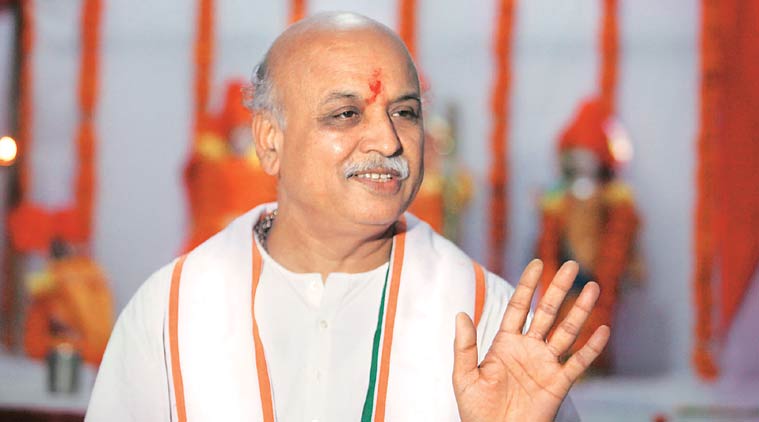-
Tips for becoming a good boxer - November 6, 2020
-
7 expert tips for making your hens night a memorable one - November 6, 2020
-
5 reasons to host your Christmas party on a cruise boat - November 6, 2020
-
What to do when you’re charged with a crime - November 6, 2020
-
Should you get one or multiple dogs? Here’s all you need to know - November 3, 2020
-
A Guide: How to Build Your Very Own Magic Mirror - February 14, 2019
-
Our Top Inspirational Baseball Stars - November 24, 2018
-
Five Tech Tools That Will Help You Turn Your Blog into a Business - November 24, 2018
-
How to Indulge on Vacation without Expanding Your Waist - November 9, 2018
-
5 Strategies for Businesses to Appeal to Today’s Increasingly Mobile-Crazed Customers - November 9, 2018
Muslim population grows marginally faster, Census 2011 data show
Disclosing the pattern on the country’s religious population, India’s Registrar-General and Census Commissioner has said that the decadal growth rate of Muslim population has come down from 29.52 percent in 2001 to 24.60 percent in 2011.
Advertisement
Why was the Congress reluctant to release the data in 2014?
“The census on religious lines had been held back for long and we all know its release has a political statement to it”, a Congress leader, not wishing to be named, told IANS.
The proportion of Sikh population has declined by 0.2 percentage points (PP) and the Buddhist population has declined by 0.1 PP during the decade 2001-2011. Current data shows that in 2011, Hindus grew to 966.3 million and the Muslim population was 172.2 million. While the proportion of all religions to the total population has declined, in case of Muslims it has marginally increased by 0.8 per cent. The community’s growth was recorded at over 24 per cent, much more than the national growth rate of 17.7 per cent.
The data have been released by sex and residenction delined by e up to sub-districts and towns.
“What objective would it serve?”
RJD MP Jai Prakash Yadav said, “They won’t reveal the caste data, because it does not suit them”.
Kamal Farooqui, former chairman of the Delhi Minorities Commission, said the data will help the government identify communities which are backward. The government released these data on religion recently.
Professor Monirul Hassan of the Gauhati University, who has worked on issues of ethnicity, migration and so on once told me in the context of Assam: “If you go to Muslim villages, their socio-economic condition is pathetic; the community has largely remained economically and educationally backward. The government can take steps for their development”, Farooqui told IANS.
According to the 2011 census, Bihar’s population stood at 10.5 crore, of which 16.5 percent were Muslims.
“Muslim population is increasing because there are no stringent rules of family planning”. Though Muslim’s share in the population has increased, its growth rate showed a downward trend compared to the previous decade.
Advertisement
Census knowledge, on Wednesday by the ministry of residence affairs, confirmed that Hindus declined to 79.eight % of the nation’s 1.2 billion individuals in 2011, from 80.5 % a decade earlier. Christians stayed at 2.3 percent and Sikhs fell to 1.7 percent from 1.9 percent.





























